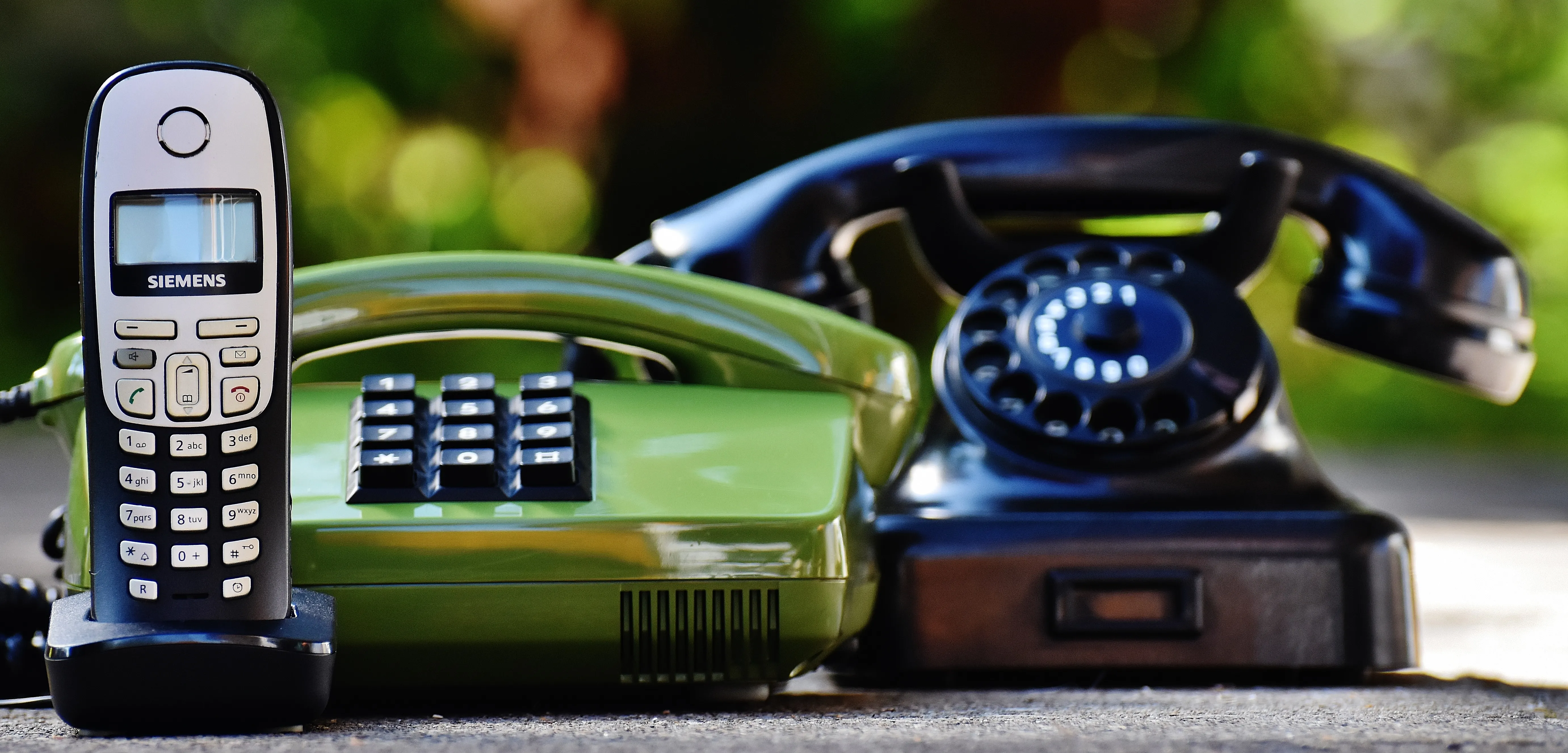
Communicating to Different Generations
| “At this point each civilization has its own form of writing which none of the others can understand. But the Phoenicians, who trade with all of them, have a solution. They create a simple common alphabet adaptable to most languages. Remember how easy it was to learn your ABCs? Thank the Phoenicians — they invented them.” |
| –script for Spaceship Earth |
If you’re familiar with Epcot’s Spaceship Earth, you know how it tells the story of human communication, and how it has changed through the centuries. From cave drawings to the Gutenberg press to today’s byte-sized conversations, communication is an ever-adapting organism. Today, we’re presented with so many options for keeping in contact, we’ve become splintered in our preferred means of communications.
And thereby lies the challenge for today’s e-tailers, marketers, and brands — how to best serve your customers no matter how they want to communicate. As these methods change, so do the ways in which you need to talk (and listen!) to your customers. We’re now seeing, more clearly than ever, generational changes in customers’ preferred methods of communication; are you ready to speak to these disparate audiences in the manner they choose?
The majority of people fall into the following generational categories, give or take a year or two here and there:
- Traditionalist (born 1922–1945)
- Baby Boomer (1946–1964)
- Gen X (1965–1980)
- Gen Y/Millennials (1981–2000)
Now, it stands to reason that your great-grandmother, born in 1922, might not expect to converse with her favorite brand the way today’s teenager would. You’d likely assume that Baby Boomers and those older would prefer traditional phone contact, and you’d be right. But they’re not completely alone.
A recent poll illustrates that while most people in Generations X and Y prefer texting as their primary form of communication, they’re more likely to communicate via cell phone or email. The use of cell phones and emails doesn’t drop off significantly with age, but social media usage does, among those 30 or older.
This preference for phone and email usage when reaching out to customer support departments is backed up by another poll. Next in popularity are social media and mobile apps, so be sure to plan to provide support via those channels as well. Interestingly, social ranks higher for Millennials.
Those Millennials, in particular, seek first contact resolution through self-service, rather than traditional calls. To reach them, prioritize omnichannel support with a particular focus on social media. And make an effort to customize and personalize your service, then make it sharable; those social-loving Millennials will help spread the word of your good work.
A closer look also reveals that there are levels of communication that your customer expects from these channels. While there’s an understandable comfort in speaking with a support agent by phone, have you added a layer of automation to meet your customers’ needs? For while the phone reigns supreme in the support landscape, recent findings indicate that customers would rather use automation for quick needs (such as store hours or prescription refills), and leave the real-world conversations for those times when more detailed information is needed.
Automation not only saves your customers time, it frees up your support team by making their queue more manageable. But even with a mind toward speed and efficacy, you need to cater to your audience’s preferences and understand that there are times when human engagement is a requisite; people crave that sense of connection.

